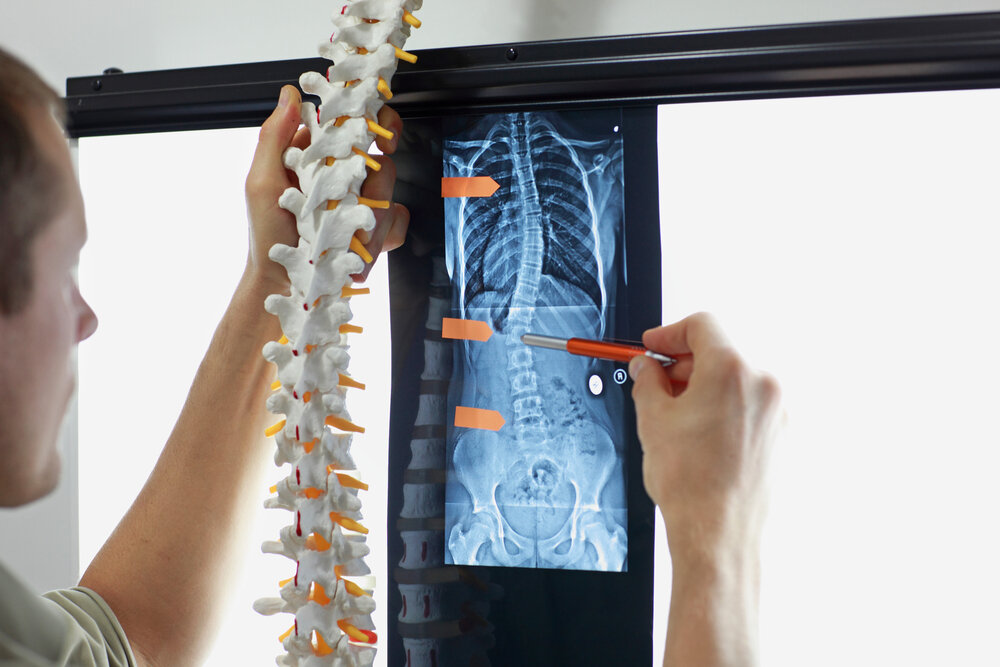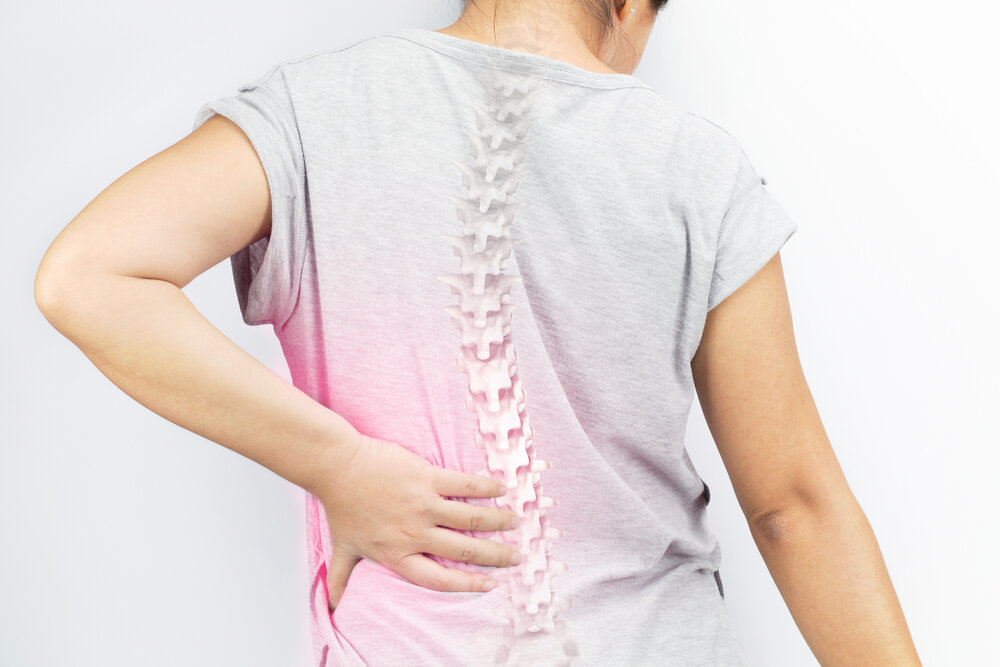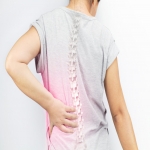When the spine of a person gets a sideway curve – this medical condition is referred to as scoliosis. This curve is shaped like ‘S’ or ‘C’, the curve degree is often stable bit for affected people it changes or increases. When scoliosis is mild it does not interfere in daily life but when severe it can even cause breathing problems. Generally, it not painful but under this medical condition, you should contact a scoliosis specialist.
The reason for this condition is not clear but the two major factors assumed to influence the condition are assumed genetics and environmental factors. Muscle spasms, Marfan syndrome, tumors, cerebral palsy are often considered as the reasons for this disease. Mostly x-ray diagnosis is used to determine the condition. This disease is often classified as structural where the curve is fixed and functional where the spine is in the normal condition.
The treatment depends on the curve type, cause and location. Minor curves are generally monitored regularly. The treatment process includes bracing, a few exercises and lastly surgery. The person should use the brace regularly until he crosses the growing age. The brace should have a good fitting. There are specific exercises that can help to stop the condition to get worsened. They can go along with braces.

Types of Scoliosis
Congenital Scoliosis
Congenital scoliosis is rare and affects one of 10,000 newborns. This comes from spinal abnormalities that grow in the womb. When the fetus develops, the malformed vertebrae is one of the major reasons for congenital scoliosis. It can also come from incomplete or partial bone formation or missing bones.
Early Onset Scoliosis
The most common age range for scoliosis diagnosis in adolescence. That is why it is known as adolescent scoliosis. When it happens before the age of 10, this is mentioned as early-onset scoliosis.
Adolescent Idiopathic Scoliosis
Adolescent idiopathic scoliosis is one of the most common forms of this disease. One out of four children is affected by this disease aged between 10 to 18. As the name suggests this disease occurs at the adolescence stage but no cause still has been identified.
Degenerative Scoliosis
Adult-onset scoliosis or degenerative scoliosis is recognized by the side curves of the spine that grows with time. Spine degeneration and disc problem are common symptoms of aging. When the discs and joints start degenerating and degrading it causes spinal curvature on one side. This is the most prominent sign of scoliosis. It commonly grows in the lumbar spine and in the lower back and takes the C-shape.
Neuromuscular Scoliosis
Neuromuscular scoliosis develops due to several reasons that cause spinal disorders along with problems in the brain and muscles. When the nerves and muscles cannot maintain the right alignment, it leads to a curved spine. This curvature grows in adulthood and becomes in the patients and they become unable to walk.
Scheuermann’s Kyphosis
Whereas scoliosis is the abnormal curvature from the front side of the spine, kyphosis makes the spine rounded forward. Scoliosis affects the lower spine or the lumbar spine. Kyphosis affects the cervical spine and thoracic spine. Scheuermann’s kyphosis is diagnosed typically in adolescence. Structural deformity in vertebrae is the reason for kyphosis and the symptoms are unable to sit in a straight posture, muscle spasm or fatigue, back pain and stiff back.
You must consult Neuroscience Specialist for spinal health issues. Here our scoliosis specialist will help you to get the best treatment for your scoliosis.

**Information presented here is not intended to be qualified medical advice. Nothing expressed herein creates a doctor-patient relationship.

